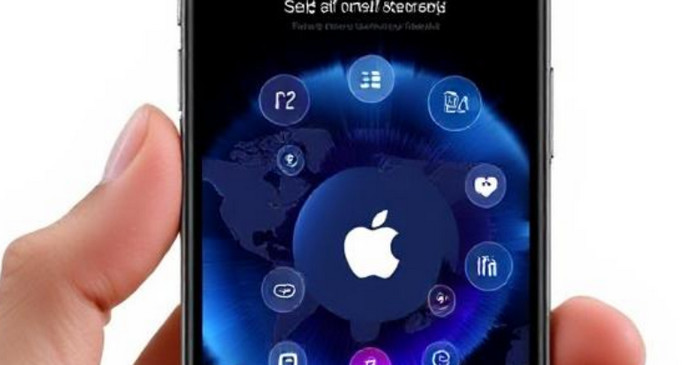Credit cards offer convenience, rewards, and financial flexibility—but they also come with fees that can add up quickly if you’re not careful. Some fees are avoidable, while others may be worth paying if the card’s benefits outweigh the costs.
In this guide, we’ll break down:
✅ **The 9 most common credit card fees**
✅ **Who typically gets charged these fees**
✅ **Proven strategies to avoid or minimize them**
By the end, you’ll know how to use your credit card smarter and keep more money in your pocket.
—
## **1. Annual Fee**
**What it is:** A yearly charge just for having the card (ranging from $50 to $695+).
**Who gets charged:** Premium rewards cardholders (e.g., Chase Sapphire Reserve, Amex Platinum).
### **How to Avoid It:**
✔ **Choose no-annual-fee cards** (e.g., Chase Freedom Unlimited, Citi Double Cash).
✔ **Downgrade to a free version** after the first year (e.g., Sapphire Preferred → Freedom Flex).
✔ **Negotiate with the issuer**—some waive fees for loyal customers.
✔ **Offset the fee with rewards** (if the card’s benefits exceed the cost).
**Example:** The Amex Platinum ($695 fee) offers $1,000+ in annual credits—worth it for frequent travelers.
—
## **2. Interest Charges (APR)**
**What it is:** The cost of borrowing if you carry a balance (typically 15%–30% APR).
**Who gets charged:** Anyone who doesn’t pay their full balance monthly.
### **How to Avoid It:**
✔ **Pay your statement in full every month** (the #1 rule of credit cards).
✔ **Use a 0% APR intro offer** for large purchases (e.g., Citi Simplicity – 21 months interest-free).
✔ **Balance transfer to a 0% APR card** if you already have debt.
**Pro Tip:** Set up **autopay for the full balance** to never miss a payment.
—
## **3. Late Payment Fee**
**What it is:** A penalty ($25–$40) for missing your due date.
**Who gets charged:** Cardholders who pay late (even by one day).
### **How to Avoid It:**
✔ **Enable autopay for at least the minimum payment.**
✔ **Set up payment reminders** (via email/text from your bank).
✔ **Ask for a one-time waiver** (many issuers forgive first-time late fees).
**Warning:** Late payments also hurt your credit score!
—
## **4. Foreign Transaction Fee**
**What it is:** A 3% charge on purchases made outside your home country.
**Who gets charged:** Most basic credit cards (unless they advertise “no foreign fees”).
### **How to Avoid It:**
✔ **Use a no-FTF card abroad** (e.g., Capital One Venture, Chase Sapphire cards).
✔ **Pay in local currency** (never let merchants charge you in USD—it’s a worse rate).
**Best for Travel:** The **Chase Sapphire Preferred** (no foreign fees + travel rewards).
—
## **5. Balance Transfer Fee**
**What it is:** A charge (usually 3%–5%) to move debt from one card to another.
**Who gets charged:** Those using balance transfer offers to consolidate debt.
### **How to Avoid It:**
✔ **Look for $0-fee balance transfer cards** (e.g., some Discover promotions).
✔ **Calculate if the interest savings outweigh the fee** (e.g., 3% fee vs. 20% APR savings).
**Example:** Transferring $5,000 with a 3% fee ($150) could still save $1,000 in interest if you pay it off during a 0% APR period.
—
## **6. Cash Advance Fee**
**What it is:** A charge (typically 5% or $10, whichever is higher) for withdrawing cash at an ATM.
**Who gets charged:** Anyone using their credit card for cash (plus high APR—often 25%+).
### **How to Avoid It:**
✔ **Never use a credit card for cash withdrawals.**
✔ **Use a debit card or emergency fund instead.**
✔ **If desperate, try a personal loan (lower APR).**
**Warning:** Cash advances start accruing interest **immediately**—no grace period!
—
## **7. Over-the-Limit Fee**
**What it is:** A penalty ($25–$35) for exceeding your credit limit.
**Who gets charged:** Only if you’ve **opted in** to over-limit transactions (rare today).
### **How to Avoid It:**
✔ **Don’t opt in to over-limit spending.**
✔ **Monitor your balance** (set up alerts at 50%/75% of your limit).
**Note:** Most cards now **decline** over-limit charges instead of allowing them.
—
## **8. Returned Payment Fee**
**What it is:** A fee ($25–$40) if your payment bounces (e.g., insufficient funds).
**Who gets charged:** Those with failed autopay or manual payments.
### **How to Avoid It:**
✔ **Keep enough cash in your linked bank account.**
✔ **Use a backup payment method** (some banks let you link multiple accounts).
—
## **9. Inactivity Fee**
**What it is:** A charge for not using the card (rare in the U.S., but common abroad).
**Who gets charged:** Dormant cardholders (varies by issuer).
### **How to Avoid It:**
✔ **Make one small purchase every 6–12 months** (e.g., a $1 Amazon reload).
✔ **Close the card if you don’t need it** (weigh the impact on your credit score first).
—
## **Bonus: Other Less Common Fees**
– **Expedited Payment Fee** ($15 for same-day processing).
– **Paper Statement Fee** ($5/month for mailed bills—switch to digital).
– **Authorized User Fee** ($50–$100 for adding extra cards on premium accounts).
—
## **Final Tips to Avoid Credit Card Fees**
1. **Read the fine print** before applying for a card.
2. **Set up autopay** to prevent late fees.
3. **Use the right card for the right purchase** (e.g., no-FTF cards abroad).
4. **Call customer service**—many fees can be waived with a polite ask.
**Best No-Fee Cards:**
– **Cashback:** Citi Double Cash (2% back)
– **Travel:** Capital One VentureOne (no annual fee + no foreign fees)
– **Balance Transfers:** Discover it® Chrome (0% intro APR)
By understanding these fees and how to dodge them, you can maximize rewards while keeping costs low.
**Need help picking a fee-free credit card?** Let me know your spending habits, and I’ll recommend the best options!


